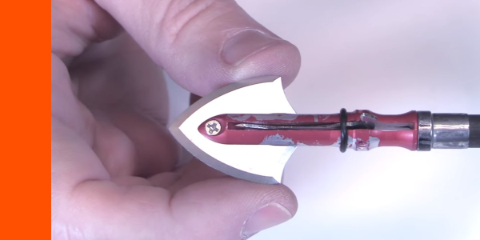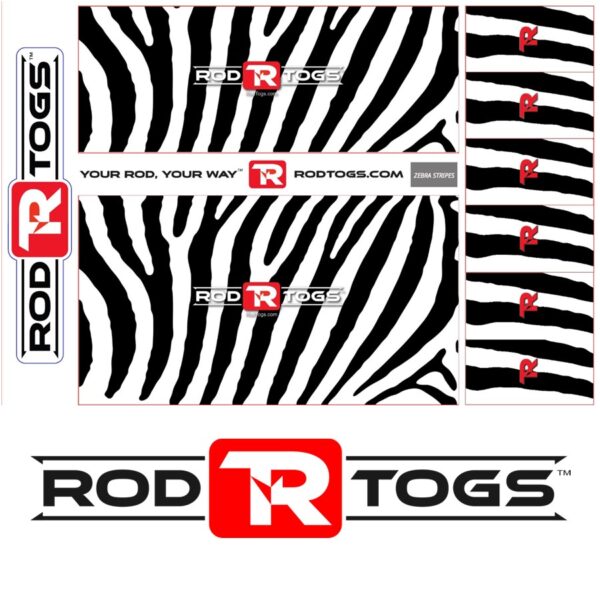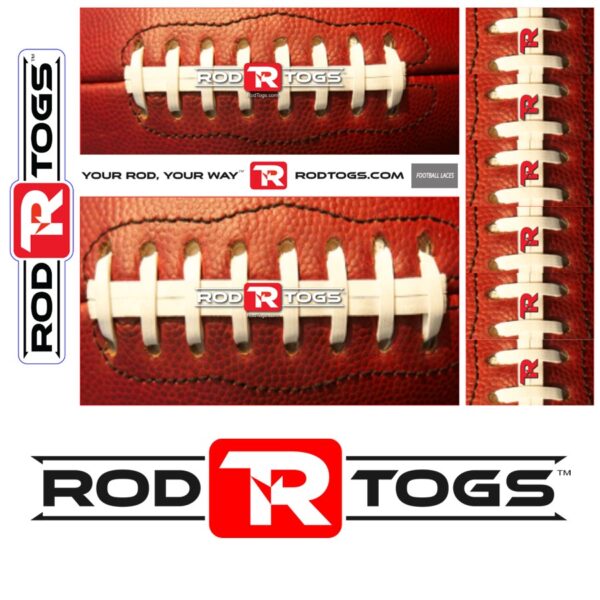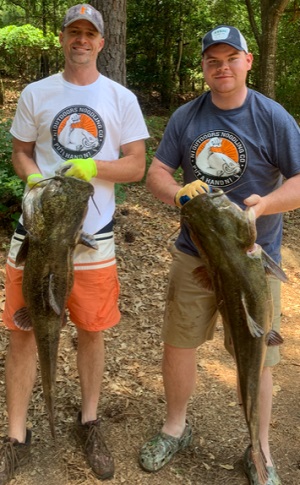In this review, I test a cool broadhead by Crimson Talon, called the Battleaxe.
I’ve already tested some of their fixed blade broadheads. And now I’m testing their mechanicals and hybrids.
The Battleaxe is a hybrid (but it’s not called the Hybrid… That’s a different one that I already tested.)
For all these tests, I’m using my Bowtech SR6 set at 72 pounds and I’m using Bishop FOC King Arrows for most of the shots. (I’m using the Bishop FAD Eliminator for the really hard impact ones.) Let’s check out this Battleaxe 125-grain head!
The Battleaxe broadhead up close
Now, let’s take a closer look at the Crimson Talon Battleaxe broadhead:

Here’s a good look at the Battleaxe. Now, this is the 125-grain model. What a cool-looking broadhead! I love that main-leading blade.

It’s got a fixed, cut on contact leading blade that is 7/8 of an inch. It’s 1 mm thick or 0.039″ thick. Both of the blades are made out of 420J2 stainless steel.

The ferrule is made out of a 7075 aluminum, which is stronger than some steels.

It’s also got this mechanical blade in the back. Now, in a closed position, it’s got 1 inch of cut and is sharpened on the edges with a single bevel.

Even if nothing were to open on impact, you’d have 7/8 of an inch cut in the front and 1″ of cut from the expandable blades in the back, which is nice. But, it’s going to open. And as it is forced to open, these main mechanical blades deploy and they reach a full cutting diameter of 2″.

They also make 100-grain model that you can see right here. It’s exactly the same. It just has a smaller leading blade in the front, has a 7/16 of an inch cut. So the 125-grain has 7/8 of an inch and the 100-grain has 7/16 of an inch. Everything else is identical.
-

The N1 Outdoors® “Rackingham™” Whitetail Tee
Price range: $28.99 through $32.99 Select options This product has multiple variants. The options may be chosen on the product page -
Sale!

N1 Outdoors® Whitetail Sugar Skull Tee (Black/Columbia Blue)
$19.00 Select options This product has multiple variants. The options may be chosen on the product page -
Sale!

N1 Outdoors® Bowhunt Oh Yeah™ Bowhunting Tee
$9.00 Select options This product has multiple variants. The options may be chosen on the product page
More awesome bowhunting t-shirts HERE!
Now, I would think that the 100-grain is going to be a bit more forgiving in flight than would be the 125-grain, just because of that extra wide leading blade. However, it’s still pretty small, at 7/8-inch and just two blades with a really low profile to the back mechanical ends of the blades. So, I thought it would fly really well.
I was really eager to put this head to the test and see how the Battleaxe performs. So, let’s see how it did!
Flight Forgiveness Test
I shot 1 field point and then 2 broadheads from 40 yards…

The field point is on the top left. The other two are the broadheads.
Initial Sharpness

The initial sharpness before testing registered 250 (the lower the number, the sharper it is.)
Penetration Test
I shot the Battleaxe into 1/2″ MDF that was fronted with a 2/3″ rubber mat and ballistic gel behind it.

The Battleaxe penetrated 6 1/4″ and the blades did fully deploy as well.
Edge Retention Test

After the first penetration test, the sharpness scale registered 300.
Penetration Test 2 (layered cardboard):

The Battleaxe penetrated through 52 layers of cardboard. And I want to note that it actually cut quite a bit of cardboard as it did that because of that blade-forward design, compared to many mechanicals that just have like a long narrow tip at the front.
Angled Shot Test

I shot the head into some angled 1/4″ MDF and carpet.
Durability Test (1/2” MDF max 3 shots):

Here’s the head after three shots through MDF. On the good side, everything stayed perfectly intact. On the negative side, the cutting diameter of those arced mechanical blades did decrease by about a half as those blades bent back a little bit more with each shot. (I’m showing it here compared to the original size that it was before those shots.)
-

N1 Outdoors® N-Tune™ Nock Tuning Reflective Arrow Wraps – Color Fade (Various)
Price range: $18.99 through $27.99 Select options This product has multiple variants. The options may be chosen on the product page -

N1 Outdoors® N-Tune™ Nock Tuning Reflective Arrow Wraps – Bowhunt Oh Yeah™
Price range: $18.99 through $27.99 Select options This product has multiple variants. The options may be chosen on the product page -

N1 Outdoors® N-Tune™ Nock Tuning Reflective Arrow Wraps – Angry Arrow™
Price range: $18.99 through $27.99 Select options This product has multiple variants. The options may be chosen on the product page
Durability (22 ga steel plate max 2 shots):

Here it is after two shots into the steel plate. As you can see, it made really nice holes. You can see the blades got a little bit of edge chatter and nicked up as expected. The back curved blades just continued to hold in that smaller cut pattern, and maybe they even shrunk just a little bit more in their cutting diameter. But everything stayed intact.
Durability Test (Concrete 1 Shot):

Here is the Battleaxe head after impacting the concrete. As you can see, it didn’t do very well on the concrete. The leading blade broke in half and the ferrule broke in half as well. But to be honest, don’t think that that means that this head is not durable. For a mechanical with that size cut, to make it through MDF three times and make it through the steel plate twice is really impressive. So, the concrete is just kind of an extra test of the outer limits of durability and it only counts for 3 points out of 100-point scale. But overall, the durability of this head was pretty impressive.
Final thoughts on the Crimson Talon Battleaxe Broadheads
So what do you think of the Battleaxe?
They did pretty well. I don’t know how Crimson Talon does it for the price that they do it at.
There are definitely heads that are higher quality and they cost a lot more, but these heads are really functional and get the job done.
So, check out the score sheet below and see how it performed in the areas that matter to you the most. (You can learn more about my scoring system on my YouTube Channel.)
Great job, Crimson Talon!















































